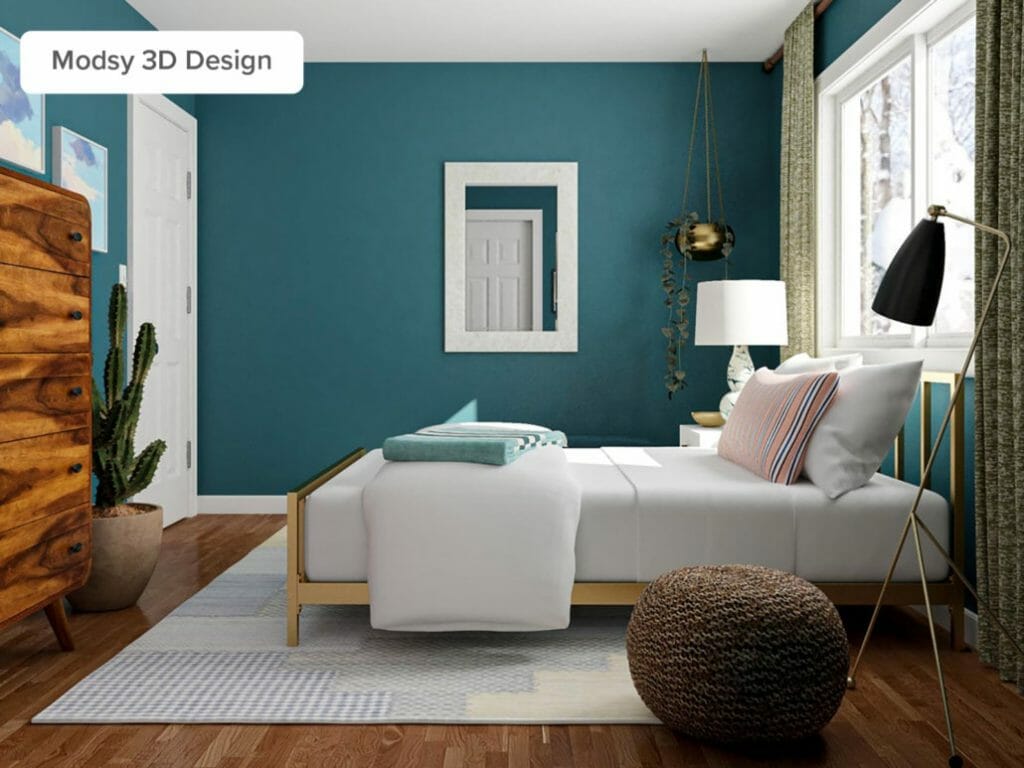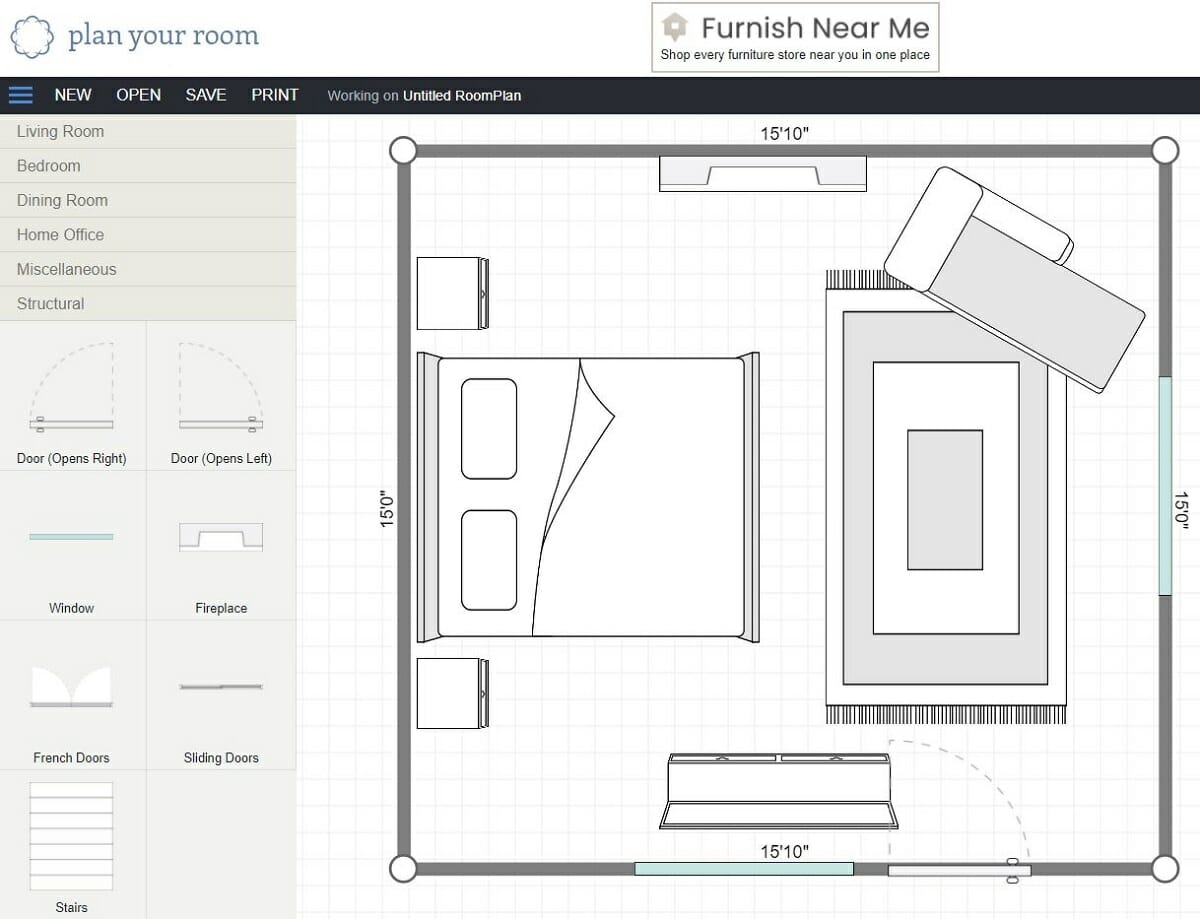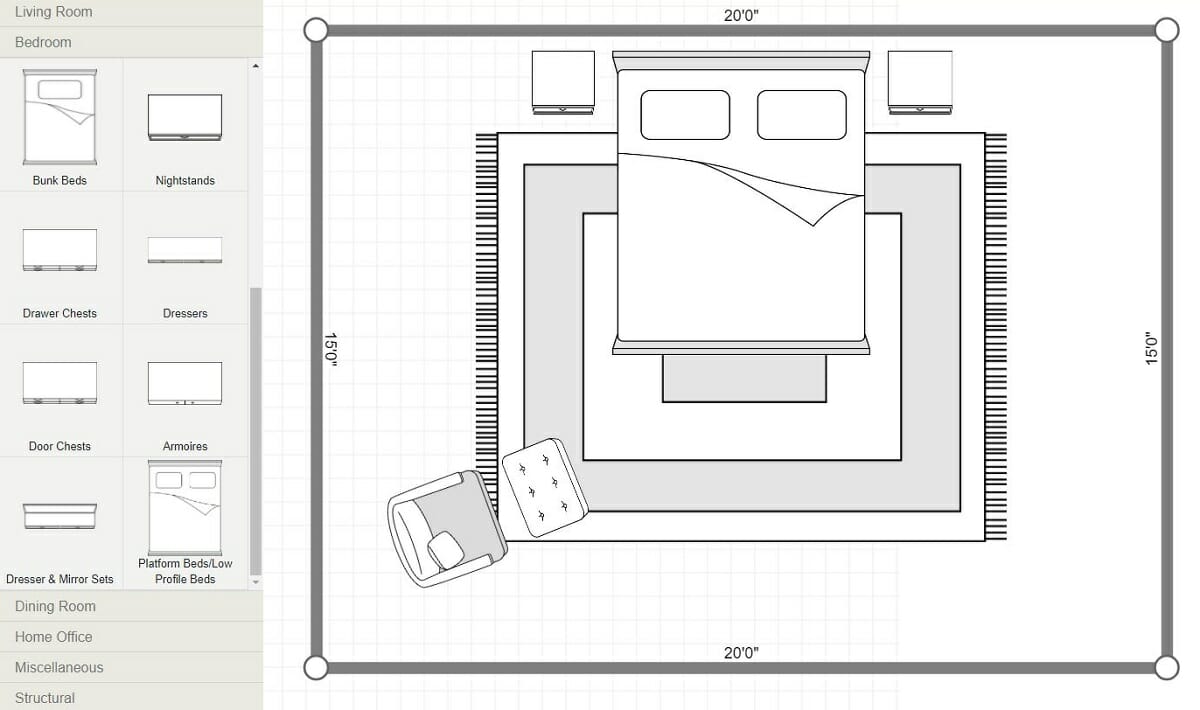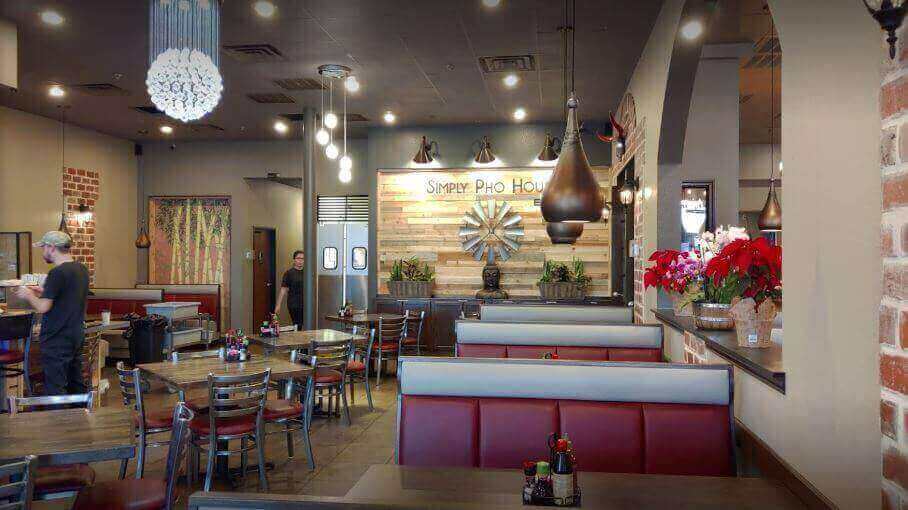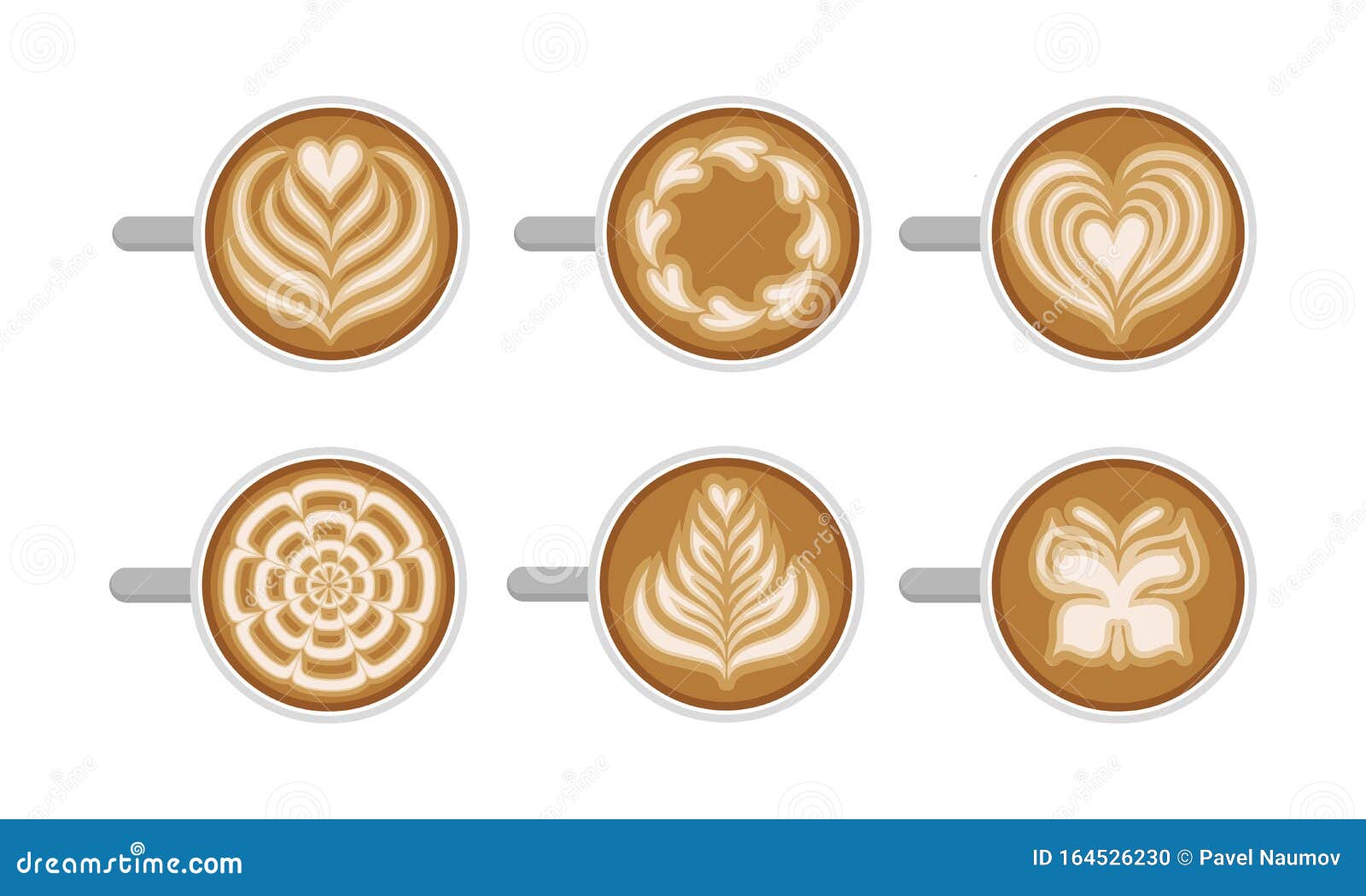Table Of Content

In Japan, where the average temperature ranges from 5°C (41°F) in January to 25°C (77°F) in July, modern Japanese houses are designed to maintain a comfortable indoor climate. This is accomplished by utilizing a mix of insulation, effective air circulation, and energy-saving technologies. The deeply sloped style of traditional Japanese roof is very suited to this mountainous region of Niigata which receives some of the heaviest snowfall of the prefecture.
Japan in Milan: the best of Japanese design at Milan Design Week 2024 - Wallpaper*
Japan in Milan: the best of Japanese design at Milan Design Week 2024.
Posted: Sat, 27 Apr 2024 07:00:11 GMT [source]
Japandi Style: Everything You Need to Know About These East-Meets-West Interiors
For this 780-square-foot apartment Hong Kong apartment, local practice MNB Design Studio used plywood, smart storage solutions, and tapped into the principles of origami to create a highly structured, minimalist home. A Japanese-inspired koi pond lines the curved walkway along the side of the house, leading up to its glassy entryway. “You get to experience this lovely moment of decompression and zen with water and nature,” designer Momoko Morton Wong says.
The House for Moriyama – by Ecrit Architects
The woven mats also boast excellent moisture absorption, heat retention, and they’re quite soundproof. Elastic to a certain extent, tatami mats also make the seiza position more comfortable. Set on organic farm plots — in a landscape that UNESCO has designated as a Biosphere Reserve — the homes come in three layouts from four to eight bedrooms.

Which university is best for interior design?
A key hallmark of modern Japanese homes is their utilization of natural and organic materials to construct the inner and outer sections. Elements such as concrete and wood in diverse shades and textures are deftly employed in crafting various home components. The interior and exterior designs also incorporate clean, sleek lines to enhance visual appeal.Modern Japanese homes also concentrate on maximizing opportunities to invite natural light indoors. This may involve rooms featuring a wall adorned with floor-to-ceiling windows, sometimes incorporating a doorway. This design approach not only lends an airy atmosphere to the living spaces but also provides the inhabitants easy access to splendid views of gardens or the surrounding landscape.
5 Design Rules Japanese-Style Living Rooms Always Follow — "This Approach Makes Any Home So Calming" - LivingEtc
5 Design Rules Japanese-Style Living Rooms Always Follow — "This Approach Makes Any Home So Calming".
Posted: Mon, 15 Apr 2024 07:00:00 GMT [source]
A long undulating concrete form stretches out in contrast to its surroundings between the last unspoiled Mesa farming community and the Pacific Ocean, but this is a very real place. We’re an online magazine dedicated to covering the best in international product design. Currently, the price of producing CO2-SIUCOM concrete is about three times higher than usual concrete in Japan.
It not only enhances the room with its unique decoration but also helps to keep the space ventilated. Inami City in Toyama Prefecture is particularly famous as a hot spot for these ranma decorations. There are a couple of curious expressions in the Japanese language surrounding these two rails. “To straddle the shikii” means “to frequently come and go,” while “the shikii is high” refers to a place that is awkward to visit.
House in Goshikiyama – by Tomohiro Hata Architects
It’s a place to relax with a cup of tea and a round of shogi, Japanese chess, and much like humans, cats love wandering around the engawa or napping on the floor. Shoji comes in various types and designs, from the frame and paper to the layout. The one you see in the picture is called yukimi, literally translating to “snow-watching.” The bottom part can be pushed up and thus opened, allowing you to enjoy the snowy scenery outside from the comfort of your home. Between the kamoi (upper rail) and the ceiling, you’ll often find a decorated part called ranma. This is where traditional craftsmanship really gets to shine in all its magnificence.
Which are the most famous interior design books?
The layout ensures a seamless transition between private and communal spaces. We strive to bring you the very best of the world of design, to elevate creative thinking, to promote elegant decisions and innovative solutions. We feature projects and products from the visionaries of the world, to inspire and challenge, and to make each day extraordinary. A wooden fence (itabei) made of scorched planks of Japanese cedar lines the approach to the Sato house and extends seemingly endlessly. This ceremonial outer gate is in the shape of a warrior’s helmet, and is roofed over with ceramic tiles.
“Opt for vintage or reclaimed pieces or something original or handmade rather than mass produced,” Wijaya recommends. Lime-washed walls and a dark-wood island embrace a Japanese ethos in this kitchen designed by Wijaya. You may find a small, low table in the middle of the room where people tuck their legs under and enjoy a meal together.
It's also worth noting that local people don't need to be paid per diem and travel expenses. The bigger the house, the less can be spent per square foot within a given budget. Big cheap houses often haven’t had much time spent in their detailing, and they just end up being cavernous, bland, and soulless places.
A Modern Japanese house is renowned for its minimalist aesthetics, seamless integration with nature and a strong focus on practicality. These homes have redefined the concept of comfort by establishing visually captivating spaces and imbued with a sense of tranquility and calmness. In this article, we will delve into some examples of real-world modern Japanese house designs crafted by esteemed architectural firms.
The stepped form conceals certain interior spaces, while the setbacks separate living rooms from the street. This three-story but small Japanese house in Osaka has stepping walls, worktops that merge with staircases, and windows that wrap around all rooms. Architectural elements such as vertical circulation are designed to be independent of the main architectural composition. The interior spaces are designed with local earth and wood that spans the entire surface. Through the wooden deck and interiors, the wooden fittings blend in with the forest. Using a passive design strategy, this organic shape completely blends into the surrounding forest.
Private areas of the house (bedroom, bathroom, office) can be shoes-off ‘live on the floor’ spaces with little or no furniture. Public and hang out parts of the house (entries, kitchens, living rooms) can be designed for shoes-on and furniture. In this case, there should be a clear split-level transition between the two—a place where shedding footwear is convenient.
"Go out to the 'engawa' [porch] and enjoy the view of the garden. Enjoy the view from the window of 'yukimi shoji' to capture nature inside," Kaneko says. Green garden views are an active part of the design and serve as moving art. Select a concise palette of natural materials, including wood, stone, and glass. Japanese design, grounded in simplicity and a connection to nature, features clean lines, rough-hewn textures, a neutral palette, and minimal styling. For Keiji Ashizawa, architect and product designer of Keiji Ashizawa Design in Tokyo, the word that comes to mind is harmony.
Designed by Yo Shimada, founder of Tato Architects, the house offers an imaginative twist on classic designs. It features a glass base that supports a metal-clad, barn-like volume with a silhouette inspired by traditional gabled architecture. The ground floor contains a kitchen, a dining room, and bike storage space as well as a wooden volume with a guest bathroom. Upstairs, there’s a bedroom and a bathroom with a glass partition, along with storage areas and other facilities. A balcony wrapped around the metal volume shields the glass box below while offering great views of the landscape. Designed by SAI Architectural Design Office, this Japanese modern house has a minimalist exterior with white corrugated walls.

